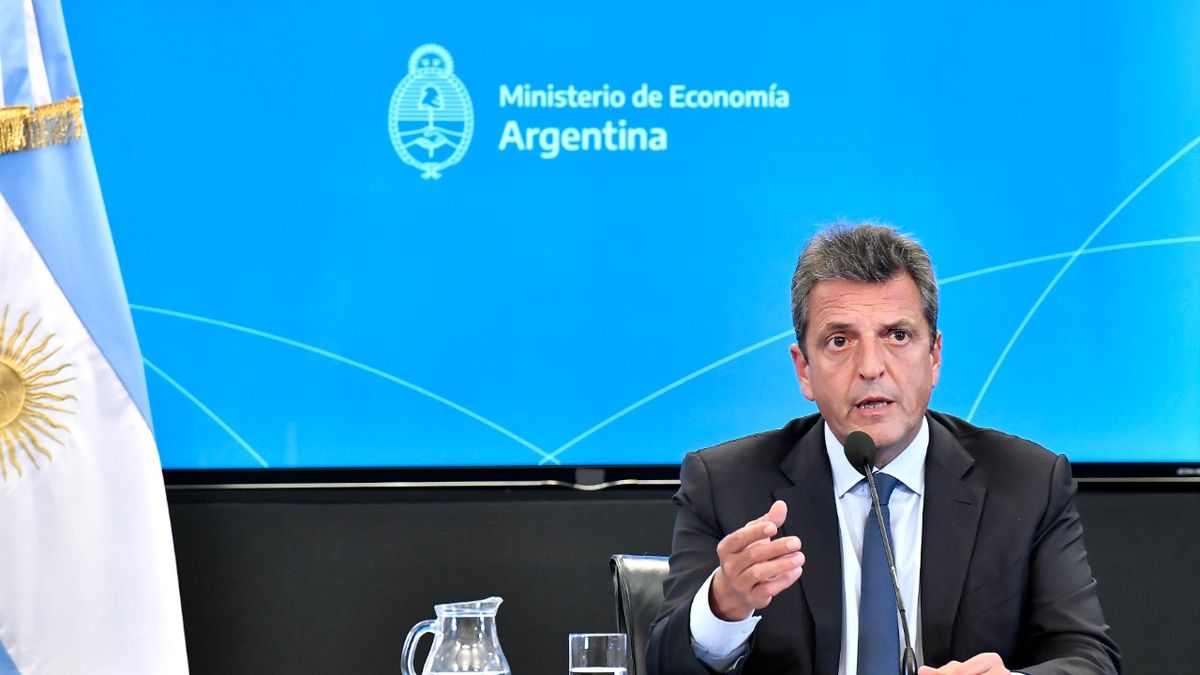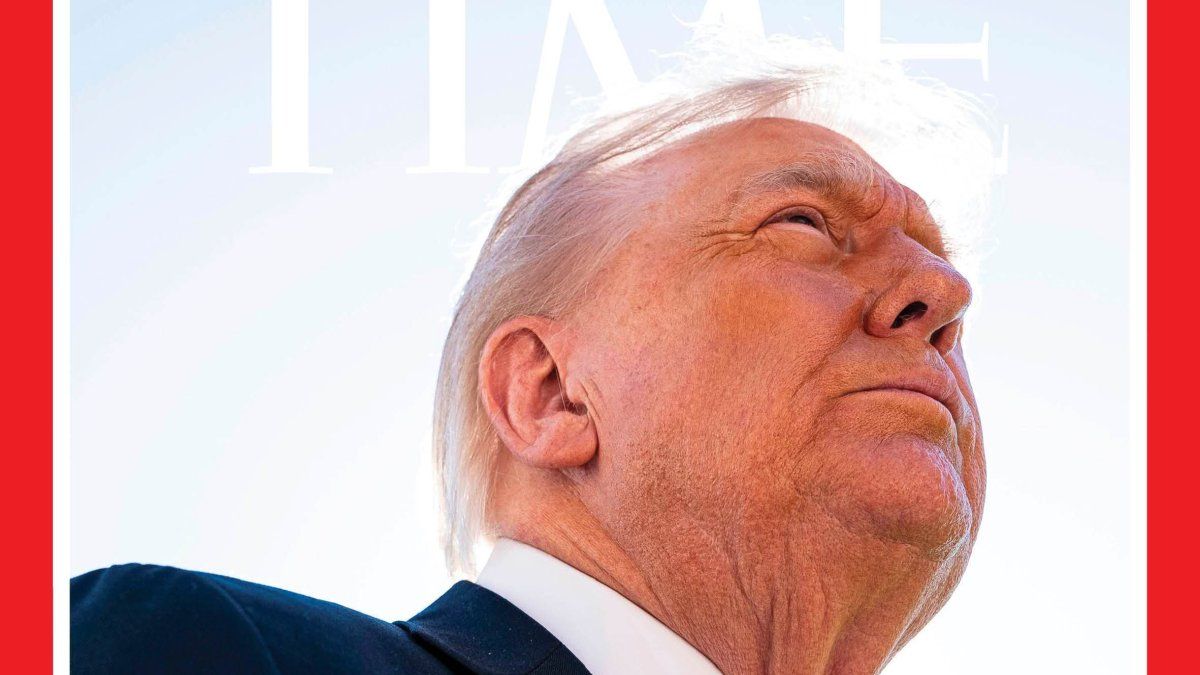The decision to buy back debt is common. It is usually carried out when the debtor has funds available and its debt securities are listed at prices below their face value. That way you save moneybecause it is repurchased at a lower value than it should pay at maturity and, in addition, it is possible to temporarily increase the demand for these titles, improving their price.
The Argentine case in the first part is a clear example, the debt issued in the 2020 swap trades at an average parity of almost 33%. In other words, for every US$33 that is repurchased in debt, a nominal US$100 will be redeemed.
The problem is that those US$100 must be paid in a very long period of time. Only the first 1.1% will be paid in 2024 and 5.4% in 2025. Even considering the flow of interest, the financial effort for 2023 is barely US$1,018 million and that of 2024 is US$4,314 million.
megaqm table 1.jpg
By way of example, a $1,000 repurchase can generate an average saving of $2,167 measured at present value (8% discount rate). This it is achieved by such low parity and by the savings implicit in the lower interest payment. The greatest total savings is achieved by assigning the available resources to the repurchase of the bonds that mature in 2035, because they have the best combination of terms and interest rates that accrue.
Another point to note is that repurchases of debt issued under local legislation (identure 2010) are more efficient in terms of savings at present value than securities issued under foreign law (30.7% average parity of the Bonares versus 34.2% of the Globals).
Therefore, it becomes clear that It is a good time given the parities to buy back the debt, but it is clearly not an urgent matter, because the maturities fall much later.
What is the benefit of buying back debt?
The first and foremost is to increase the attractiveness of the instruments, which will have a greater offer and will be able to strengthen their positioning, improving the parities.
The question is whether this is necessary now, when it is not yet necessary to access the capital market to renew maturities. Definitely, what is discussed in the first place is the timingprecisely because given the good recent dynamics and the possibility that once the electoral process has progressed it will continue to improve, it could make that intervention seem unnecessary.
Why did the economic team decide to buy back the debt?
We understand that basically what is behind it is a decision to contain the level of the exchange rate gap. How does it work? When a buyer appears who is willing to acquire these debt securities by paying off with dollars, what he does is offer an offer to a market that in certain periods may be short of supplies and thus be exposed to accelerated price increases (MEP exchange rate or CCL). This program gives the BCRA the freedom to intervene in that market and contain the gap.
Debt data confirm that today, foreign currency maturities should not be a priority.
The debt to market ratio (excluding BCRA, International Organizations and holdings within the Public Sector) It is very low, just 24% of GDP. This point confirms that local debt does not have an over-indebtedness problembut access to the capital market to renew its debt.
But just as debt fundamentals are good, The foreign exchange market is very complex for 2023. especially because the agricultural harvest would be losing in the order of US$10,000 million in total value and could generate a decrease of US$8,000 million per year in foreign currency settlement.
This is where the question arises as to whether it is reasonable to allocate reserves to repurchase debt when the exchange rate front is clearly more complex.
Although there are some factors that will help contain the decline in income from lower exports, it is still a great challenge to finance that missing US$6 billion. A priori, u$s1,800 / 2,100 could be saved due to lower gas prices and increased exports of other energy products.
The tourism sector (Qatar dollar and scheme to favor foreign tourists could generate average savings of US$250 million per month, which would imply US$3,000 million less in the year. An additional US$3,000 million still needs to be recovered, where clearly the option will be to continue restricting access to foreign currency for importers.
At this point in the analysis, it is clear that the main dilemma must have been whether to apply these funds to the repurchase of debt, reducing the gap and generating fiscal savings, or leaving the dollars to the BCRA to release a greater amount of foreign currency for the payment of imports.
The first path helps to achieve monetary stability and lower inflation, but sacrifices the level of imports (and eventually economic growth).
The second, on the other hand, it only favors the level of activity and a part of that consumption could imply a higher level of imports.
It is clear that The path chosen has been to reduce the gap and thus contribute to the greatest challenge, which is to lower the inflationary rate. Precisely in the last few weeks, the financial exchange rate (MEP & CCL) had shown a strong rate of increase and generated the risk of suffering greater inflationary pressures, returning to levels of four months ago.
MegaQM Chief Economist
Source: Ambito
I am a 24-year-old writer and journalist who has been working in the news industry for the past two years. I write primarily about market news, so if you’re looking for insights into what’s going on in the stock market or economic indicators, you’ve come to the right place. I also dabble in writing articles on lifestyle trends and pop culture news.




